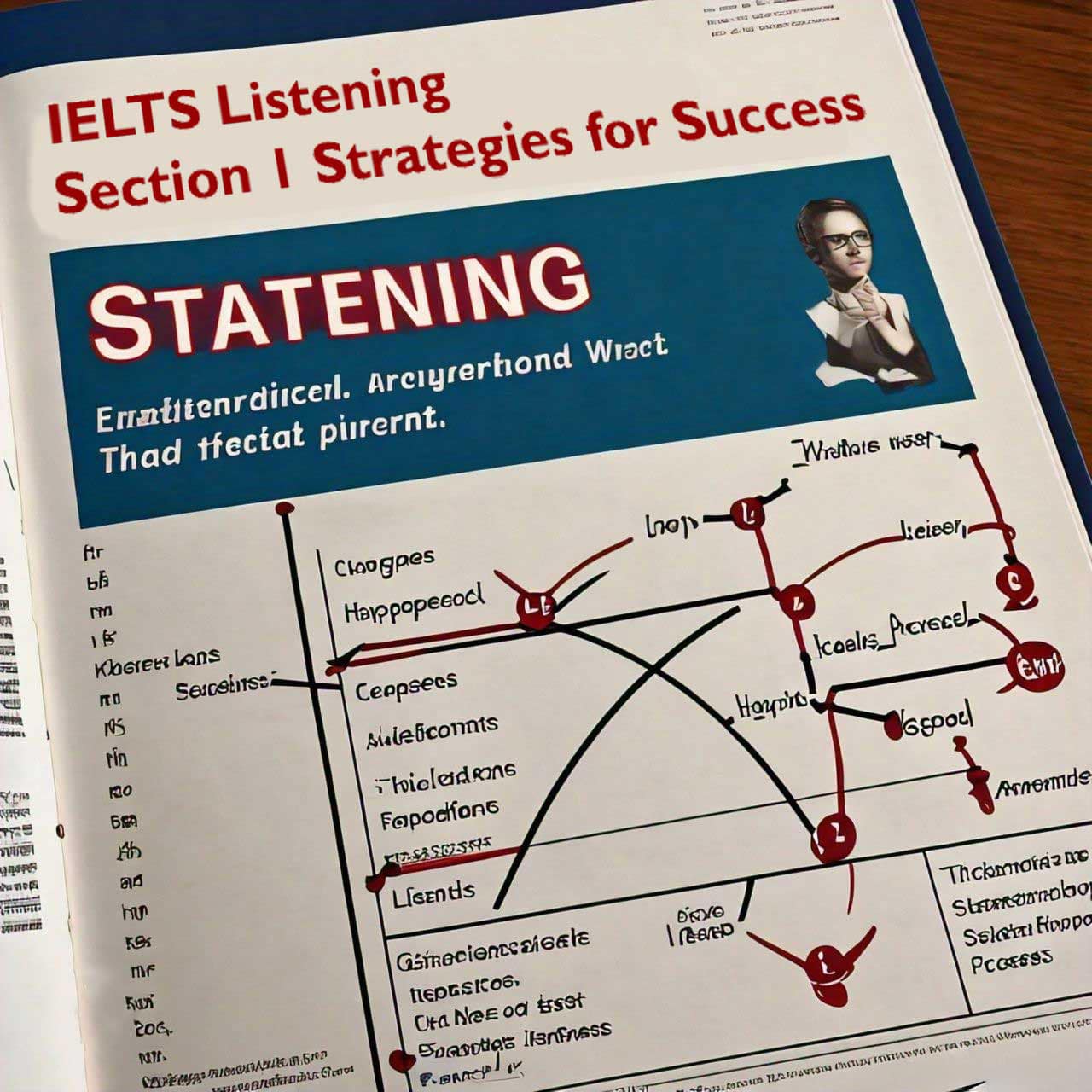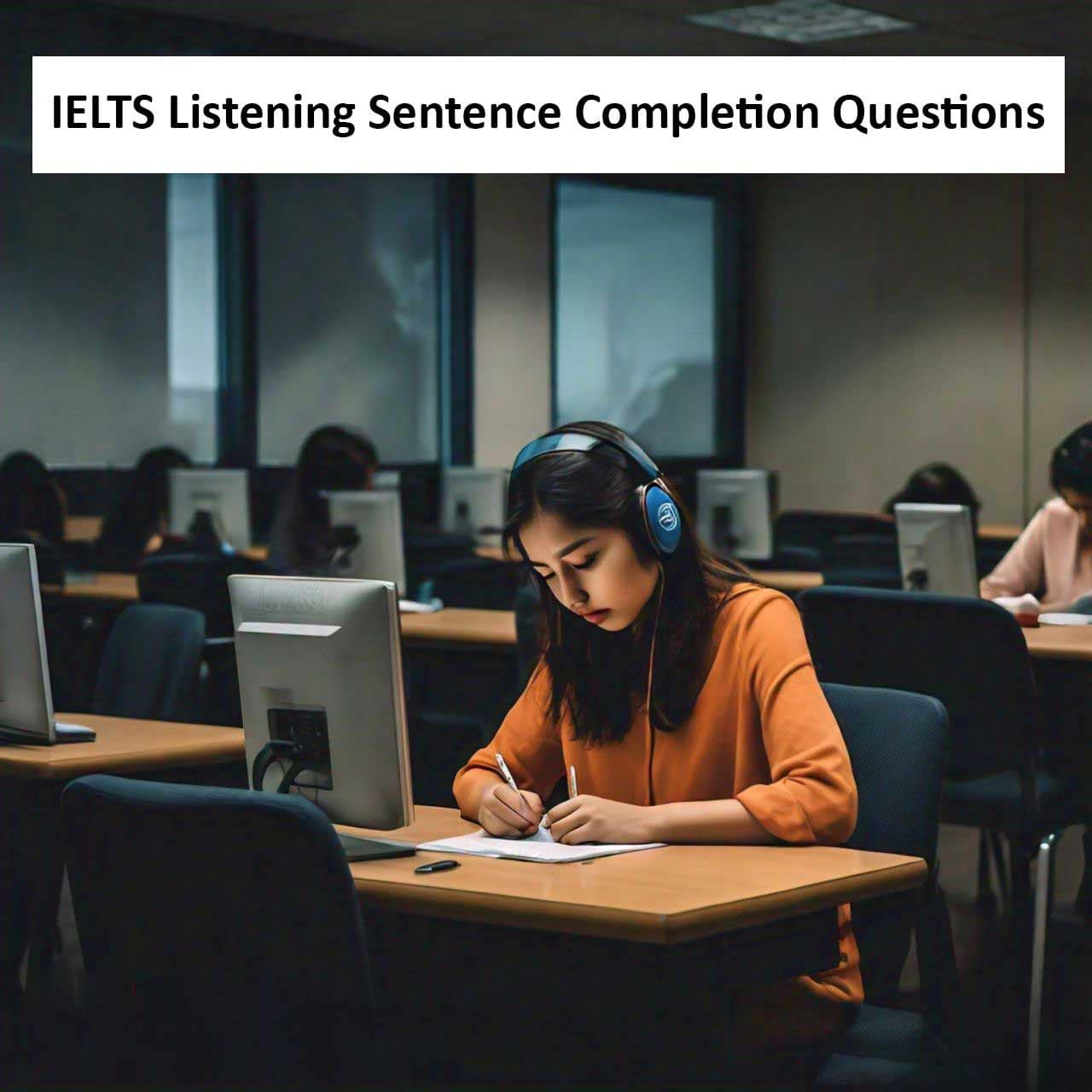The IELTS Listening module is designed to assess a variety of listening skills, including understanding main ideas, identifying specific information, recognizing opinions and attitudes, and following the development of an argument. The module consists of four sections, each with its own focus and increasing level of difficulty. This blog post will focus on Section 1 of the IELTS Listening module, providing an overview and strategies to help you perform your best.
Table of Contents
Overview of IELTS Listening Section 1
Section 1 of the IELTS Listening module is the easiest part of the listening test. It typically involves a conversation between two people in a social or transactional context. The topics are generally straightforward and can include booking accommodations, making inquiries about services, or discussing travel arrangements. This section tests your ability to understand and respond to basic information and requires you to answer ten questions.
Common Question Types
1. Form Completion: You will need to fill in missing information on a form based on what you hear.
2. Note Completion: You will need to complete notes with specific details from the conversation.
3. Table Completion: You will need to fill in missing information in a table format.
4. Short-Answer Questions: You will need to answer questions using a few words or numbers.
Strategies for Success
1. Read the Instructions Carefully: Always read the instructions before listening. Pay attention to the word limit for each answer (e.g., “NO MORE THAN TWO WORDS AND/OR A NUMBER”).
2. Preview the Questions: Before the audio starts, quickly look through the questions to get an idea of what information you need to listen for. Underline keywords in the questions to help you focus on important details.
3. Focus on Keywords: During the listening, pay attention to keywords and phrases that match the information in the questions. Keywords are often names, dates, times, places, and specific terms related to the context.
4. Use Predictive Skills: Based on the context and the questions, try to predict what type of information you will hear. For example, if the question asks for a phone number, listen for a series of numbers.
5. Listen for Paraphrasing: The speakers may use different words or phrases than those in the questions. Be prepared to identify synonyms and paraphrased information.
6. Write as You Listen: Write down your answers as you hear the relevant information. Don’t wait until the end of the recording, as you may forget or miss details.
7. Check Spelling and Grammar: Ensure your answers are spelled correctly and fit grammatically within the sentence. Incorrect spelling and grammar can result in lost points.
8. Stay Calm and Focused: It’s crucial to remain calm and attentive throughout the listening test. If you miss an answer, don’t panic. Move on to the next question and try to catch up.
9. Practice Regularly: Familiarize yourself with the format and types of questions by practicing with IELTS listening exercises and past papers. The more you practice, the more confident and efficient you will become.
10. Review and Learn from Mistakes: After practicing, review your answers and identify any mistakes. Understanding where you went wrong will help you improve and avoid similar errors in the future.
Conclusion
Section 1 of the IELTS Listening module may be the easiest, but it still requires careful preparation and practice. By using these strategies—reading instructions carefully, focusing on keywords, predicting information, listening for paraphrasing, and staying calm—you can maximize your performance and start your listening test on a strong note. Consistent practice and learning from your mistakes will further enhance your skills and confidence. Remember, every section of the IELTS Listening module contributes to your overall score, so give it your best effort from the start. Good luck!



